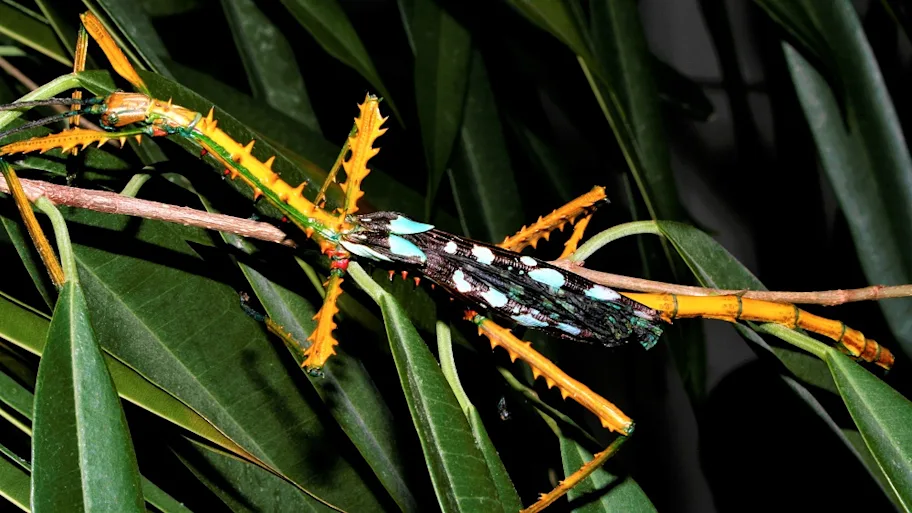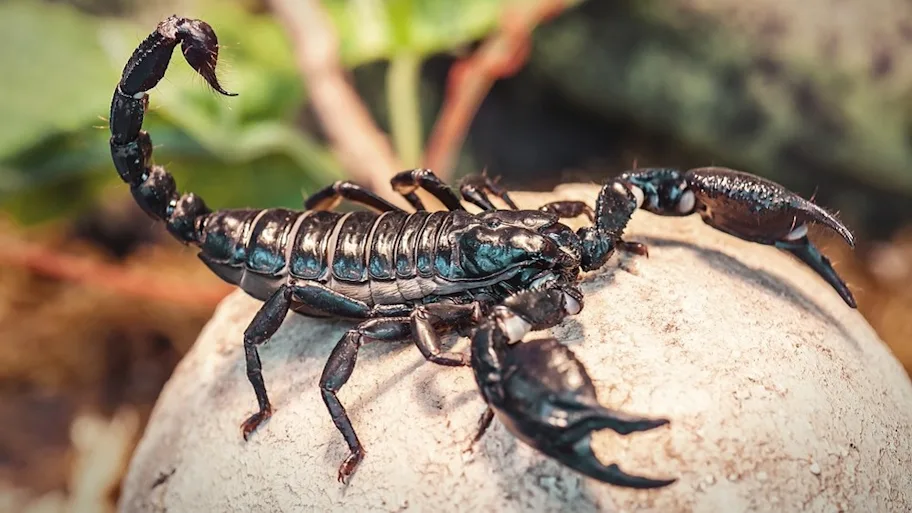
- Science News
- Life sciences
- Female toxin-producing newts are surprisingly more poisonous than males
Female toxin-producing newts are surprisingly more poisonous than males
by Angharad Brewer Gillham, Frontiers science writer

Image/Shutterstock.com
Newts of the genus Taricha produce tetrodotoxin, a powerful neurotoxin. Previously, scientists thought this was purely a chemical defense against predators, but they didn’t know how it was produced or how it might vary between males and females — important information for understanding the toxin’s functions. Researchers sampled wild newts to test for differences between the sexes and how these might vary over the breeding season. They found that females have consistently higher levels of toxins than males.
Tetrodotoxin, the neurotoxin that makes a blue-ringed octopus deadly, also protects Taricha newts — but we don’t understand how they produce it, or what purposes it serves for them. A first step to answering these questions is understanding whether different levels appear in males and females. In sexually reproducing animals, dimorphic traits such as color or canine tooth size can be key for survival and reproductive fitness. Investigating whether toxin production is a sexually dimorphic trait in newts gets us closer to understanding it.
“It had long been considered that newts’ toxin concentrations do not change in their lifetime and that males and females tend to have the same toxin concentrations. Now, we have shown that female newts actually contain more toxin than male newts,” said Dr Gary Bucciarelli of the University of California Davis, corresponding author of the article in Frontiers in Amphibian and Reptile Science. “We observed significantly greater and more drastically fluctuating toxin concentrations in females, which may have numerous causes, like mate selection.”
A toxic trait
The scientists already knew that Taricha newts were sexually dimorphic in other traits, like tail height, size, and mass. The tetrodotoxin seeps from the newts’ skin, so they took small samples from more than 850 newts across 38 different sites in California. They recorded sex, size, mass, and tail height for all newts, and whether female newts were pregnant. They also marked newts that had been captured and released so they would know which newts had previously been sampled.
They analyzed the skin to quantify the levels of toxin present and compared this between males and females. They also analyzed the relationship between the variables already known to be sexually dimorphic and toxin levels, and how toxin levels changed at sites where it was possible to sample more than once across the breeding season.
The female is deadlier than the male
They found that females carried more toxin than males. The differences in levels produced by females were not significant, compared to those between females and males. Males and females’ levels fluctuated at the same times and in the same direction, but the change in females’ levels of toxin was greater.
“For would-be predators, these higher concentrations pose a serious threat,” said Bucciarelli, confirming that this means female newts are more dangerous than males. “Taricha newts should not be handled unless by knowledgeable personnel, because they can contain up 54 milligrams of tetrodotoxin per individual. Doses up to 42 micrograms per kilo of bodyweight can lead to hospitalization or death.”
Tetrodotoxin also appeared to interact with other sexually dimorphic traits, suggesting that there may be a cost to high toxin levels: heavier newts produced higher levels of the toxin than lighter newts. The median concentration of toxin was always higher in females regardless of size or weight.
The females’ higher levels of toxin, and the similarity of levels between different females, indicates that the mechanisms of toxin production could be different between the sexes. It’s possible that resources needed to produce the toxin are invested differently by females, or females’ skin may be able to carry more toxin. Higher levels of toxin could protect females that are vulnerable while reproducing, or they may make it possible for females to transfer toxin-producing bacteria to eggs, potentially protecting their offspring.
Download original article (pdf)
Pick your poison
Although the toxin has previously only been thought of as a defense against snakes, the sex differences and fluctuating levels of toxin suggest it may have a more complex role. For example, the toxin may act as a cue that helps newts decide where they seek mates and which mates they choose.
“Taricha newts’ breeding patterns are highly dependent on precipitation patterns,” said Bucciarelli. “Given the drought conditions of California, we did not always have a balanced design when field sampling. However, we feel the pattern is still very strong.”
“Our next plan is to explore how drought and fire affect newts and their toxin concentrations and how each sex responds to these natural disasters.”
REPUBLISHING GUIDELINES: Open access and sharing research is part of Frontiers’ mission. Unless otherwise noted, you can republish articles posted in the Frontiers news site — as long as you include a link back to the original research. Selling the articles is not allowed.






